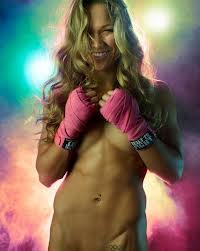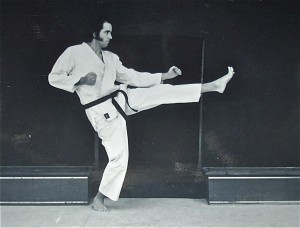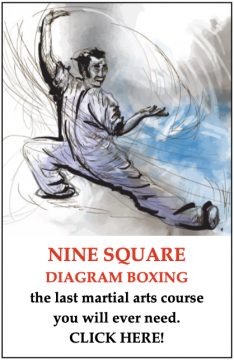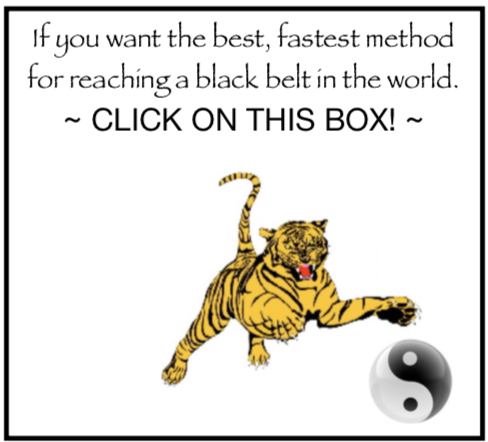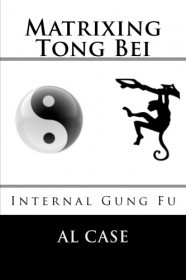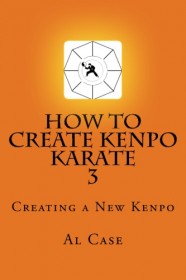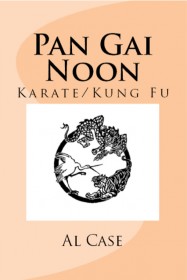The Truth About Martial arts Testing and Fees!
I recently came across the most interesting discussion concerning Martial Arts testing for belts. It was interesting because it was well thought out, concerned, and because I disagreed with most of what was said.
Sometimes I will make a comment, but in this case I am prompted to tell the truth about Martial Arts testing. What makes this particularly juicy is that the people involved in this discussion were nibbling at the edges of what I did a lo-o-ong time ago, and which is more in keeping with the true spirit of the martial arts.

Is Karate the answer to this type of attack?
Originally there were no belts, which doesn’t mean there were no ranks.
Gichin Funakoshi introduced belts which, I believe, came from the a method used by swimming teams.
The first two belt ranks were white and black. This expanded to white, green, brown and black.
Some fifty years ago ranks and belts exploded. Ed Parker and Kenpo Karate led the way with a rainbow of colors. Taekwondo expanded the colors even further.
Now, this is the way it happened, but, there is an incredibly valuable piece of data missing.
I began studies with Kenpo, and was introduced to the belt system, and found it valuable in encouraging people to study.
Isn’t it interesting that people have to be encouraged to study?
But, when I went to the Kang Duk Won, I wasn’t encouraged to study. We had four basic belts, white, green, brown and black, further delineated by stripes, and nobody much cared.
Simply, people who cared about flashy belts left the school, and only the faithful, the ones who didn’t need to be encouraged to study, were left.
Nowadays people treat the martial arts like a business, structure everything around sales and promotion, and the belt is held up as the goal.
Fact: the belt means nothing.
Fact: knowledge means everything.
But these two facts seem to have become twisted, and the belt means everything, and knowledge means nothing.
I didn’t understand my Kang Duk Won instructors thoughts concerning belts, and I didn’t care. I was one of the faithful. I worked out till I bled, and there was no middle ground. There was no entertainment, and freestyle while recognized as a game, was treated like life or death.
Not to beat somebody else up, but to hone your own skills.
Interestingly, this type of freestyle brought one to mushin no shin (mind of no mind), which is an intuitive method, and it was a science, and it was TOTALLY combat effective. When people say their art is not combative effective, or not useful on the street, I know they didn’t study the real art, but rather an art that entertains children.
When I became an instructor I awarded rank according to forms and techniques learned.
As I progressed I realized the inadequacy of that, and I stopped giving out belts. For years I gave no martial arts tests, simply gave a person a black belt when he had the knowledge.
This thing of knowledge is quite interesting.
The number of forms learned, of techniques done, has no relationship to martial arts knowledge.
And I could ascertain the depth of knowledge a person had by simply looking at him.
Just to mention a couple of the actual criteria:
how deeply does a person ‘screw’ himself into the ground when doing his forms and techniques.
Or, what level of intuition has the student progressed to.
And there are other criteria, all coming from the removal of the student from his body.
I know, sounds crazy, but the awareness that is a human being becomes removed from his body through the method of doing the martial arts forms and techniques correctly.
Emphasis on ‘correctly,’ as it requires an experience of physics beyond the normal ‘fist in the face’ ‘apple falls on the head’ physics. This is an entirely different set of physics which I have seen only a few dozen people demonstrate, and none of whom actually understood.
Now, fees. I charge little, if at all. The rationale here is: how can I charge somebody for what he already knows? What he already paid for, and not just in money, but in sweat and blood?
Yet I had one fellow come to me and said he was required to pay $800, plus plane fare to Japan, plus lodgings and meals and all, to take a martial arts test.
For what?
Three old guys would sit behind a table and watch him demonstrate for an hour, then pass or fail with NO comment on why he was passing or failing!
Obviously, these guys loved themselves…and wanted his money. And they called themselves masters.
Anyway, as time went on I got back into giving not belts, but checklists, and then I would just work people to the bone, making sure they screwed themselves into the ground during form and technique, that they reached intuitive levels of freestyle, and other things.
And, eventually, I made these checklists public, selling them as courses, and here an interesting thing happened. Knowledge became able to be transcribed on paper.
Yes, the student still has to work, and those students in it for the entertainment or the belt and so on will have problems.
But a student who actually reads the courses, does the courses, gets the knowledge.
And they usually stop needing to be entertained and become the faithful.
This became an immense and tremendous boon to ANYBODY who possesses these courses.
It eliminated guesswork. It gave workable knowledge.
It enabled the true art to be passed on even if the instructor didn’t have all the knowledge, as it passed on the knowledge to all involved.
Then I come across discussions on how to test.
Man, there are hundreds of theories out there, but all passed on being able to monkey see monkey do a form, and none having to do with the perception of knowledge, of how to actually increase the students awareness.
So I say this: stop entertaining. Get brutal. Search for knowledge and not belts. Award rank for knowledge and not memorized skits.
This is the only way to the true art, and it is the way martial arts testing should be.
Here is a page that will tell you how to find out your true rank without Martial Arts testing.
Tell your friends it's FREE!
Like this:
Like Loading...



